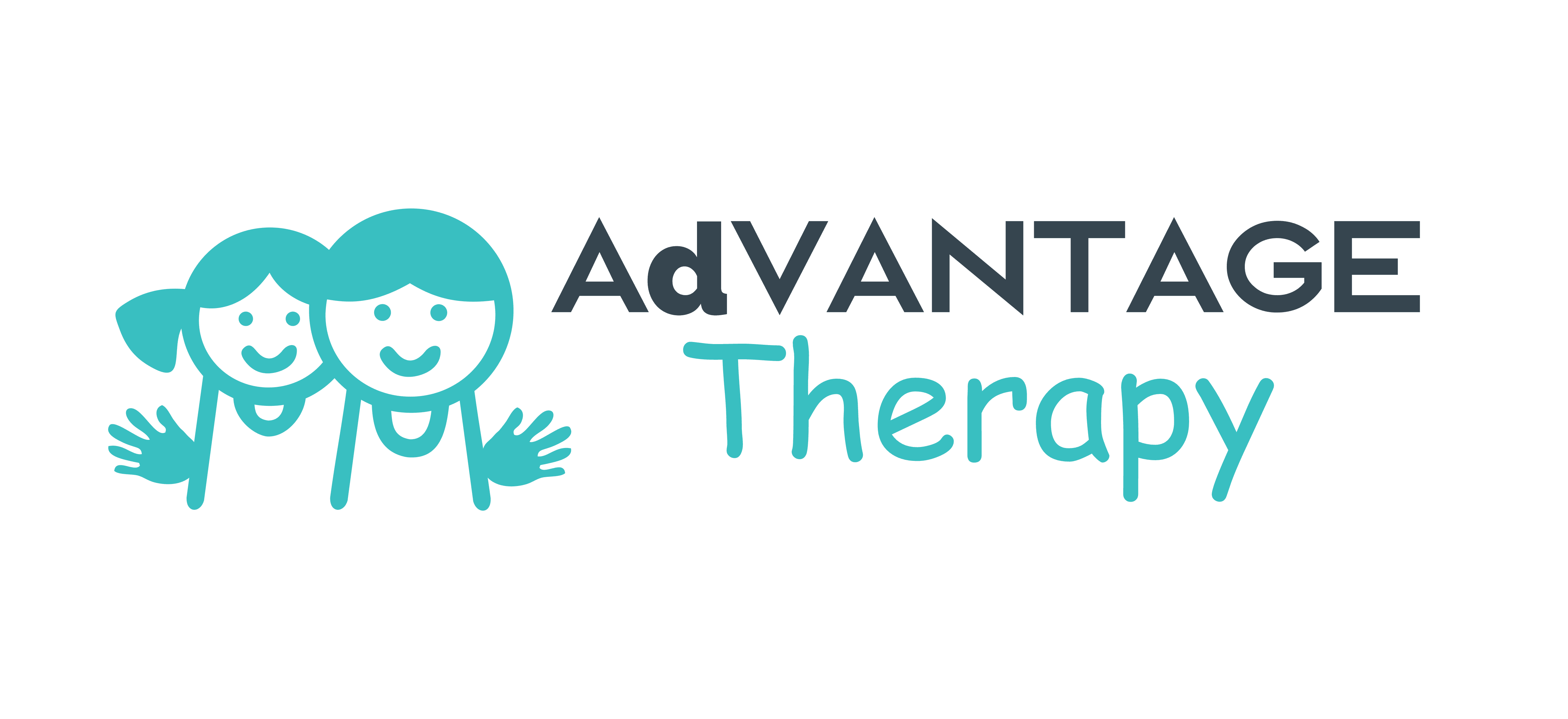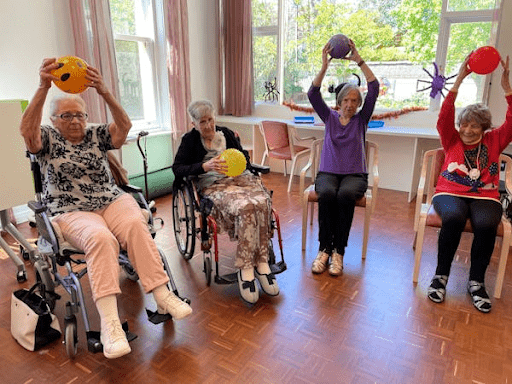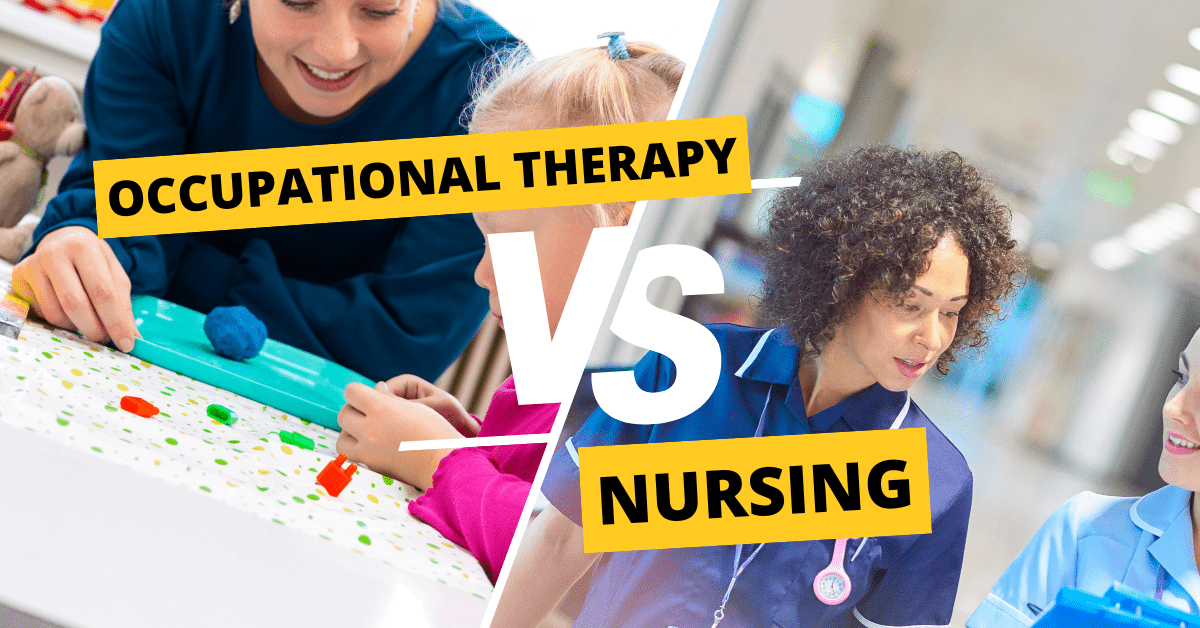Occupational therapy is a patient-centric treatment plan that helps people perform day-to-day tasks with ease. In this competitive era, people often find it difficult to manage time for themselves, affecting their physical and mental health. As a result, physical disabilities, social anxiety, and stress have become prevalent. Occupational therapy involves functional activities that help people to regain control of their minds and live their lives to the fullest.
The occupational therapists design a proper treatment plan tailored to each patient. First, they take an initial interview to understand the patient’s history, then they organize some functional activities to analyze the physical abilities of the person. Lastly, they conduct an environmental assessment test where they judge the social skills of a person. This detailed analysis helps in setting treatment goals for each patient. For some patients, occupational therapists set short-term short-term treatment goals, while for others they set long-term long-term goals. These goals help to cope with a patient’s condition quickly.
In this article, we’ll explore the key roles in occupational therapy and how functional activities serve as meaningful interventions in clients’ lives.
What are functional activities in occupational therapy?
The functional activities in occupational therapy target the specific skills that are impaired. Injury, stress, or developmental disorder can impair motor functions and thus affect the skill management of a person. The functional activities help to improve cognitive abilities, social abilities, coordination, and physical strength. There are three major types of functional activities:
- Basic functional activities
- Advanced functional activities
- Creative functional activities
(1) Basic functional activities:

Basic functional activities focus on routine tasks. These tasks are necessary for self-care and managing personal life. Basic functional activities primarily focus on children with impaired muscles in their hands and feet. They feel difficulty eating, dressing, and maintaining their hygiene. The basic functional activities involve the movement of their impaired muscles. This helps to perform fundamental activities like feeding and dressing with ease.
(2) Advanced functional activities:
Advanced functional activities involve complex tasks. These tasks are related to coordination and control. Some people can perform basic tasks, but they find it difficult to do cognitive activities. They cannot manage finances, find difficulty in math, and cannot make quick decisions. Occupational therapy helps to improve their motor skills and help them to regain normalcy. In advanced functional activities, clients cook, clean, and use public transport. They also solve basic math problems. Such activities improve their cognitive sense and help them to live a normal, healthy life.
(3) Creative functional activities:

Creative functional activities focus on creative activities. These activities focus on those activities that are fun to do but also improve fine motor skills. Creative activities target hobbies and leisure activities such as singing, playing, and performing grouped activities. Art enhances the imagination and eye coordination of a person. So most of the creative functional activities include art-related tasks. These activities improve the mental condition of a person and help him to gain emotional intelligence.
The Role of Functional Activities in Recovery
The functional activities have a positive influence on both the physical and mental health of a patient. These activities are designed specifically to pacify the needs of a particular patient. For instance, if a child needs occupational therapy, then therapists design activities for improved speech, maintaining balance, solving basic math, and other art activities. These activities help children to gain self-confidence and adjust in their schools.
On the other hand, functional activities for adults are designed differently. Most adults lose functional abilities due to accidents or trauma. These activities involve exercises that improve strength and coordination. Additionally, the therapists provide one-to-one sessions and use tools to enhance the physical and mental abilities of patients. The benefits of functional activities in patient recovery include:
- Patients can manage their social activities and take control of their anxiety.
- After the functional activities, people feel relaxed and happy.
- Short-term memory, attention, and problem-solving skills are also improved.
- Grouped activities help patients adjust social environments and cope with their stress.
- Patients feel improved physical strength, better motion, and flexibility.
- Clients are engaged in exercise to improve the motor skills that aid in performing day-to-day tasks.
How to Get Started with Occupational Therapy
If you are an adult who is struggling with physical or mental issues, or you have a child who needs help with daily tasks, then don’t worry, occupational therapy is the best solution for you. However, choosing the right type of occupational therapy can be a daunting task, as you need a therapist who understands what is bothering you.
In this section, we’ll help you get started with occupational therapy and will guide you to choose the best occupational therapy for you.
Select the occupational therapy institute that is renowned and certified by international accreditations like us Advantage Therapy.
Read reviews of previous patients to gain insight into the center this will also help you to draw inferences about their therapy outcomes.
Once you select the center, provide your history in detail. Don’t miss any details as therapists design functional activities based on patient history.
Write down your treatment goals. Tell me what is bothering you and what you expect after therapy.
Ensure you and your doctor are on the same page.
Once the pre-testing is completed, make regular appointments and engage in physical activities.
If you’re taking occupational therapy for your child, then you should also join him/her to boost their morale.
These measures will help you choose the right occupational therapy to manage day-to-day tasks and take on a voyage of self-love and ease!
Conclusion:
In conclusion, occupational therapy is a trustworthy procedure that helps people to regain control of their lives. They involve a range of functional activities that target motor skills to enhance physical and mental functioning. This therapy is suitable for both adults and children.
The functional activities at occupational therapy will help to gain confidence, maintain physical stress, and take part in social activities. So if you’re suffering from any impairment, don’t wait and consult to our expert occupational therapists as soon as possible.



